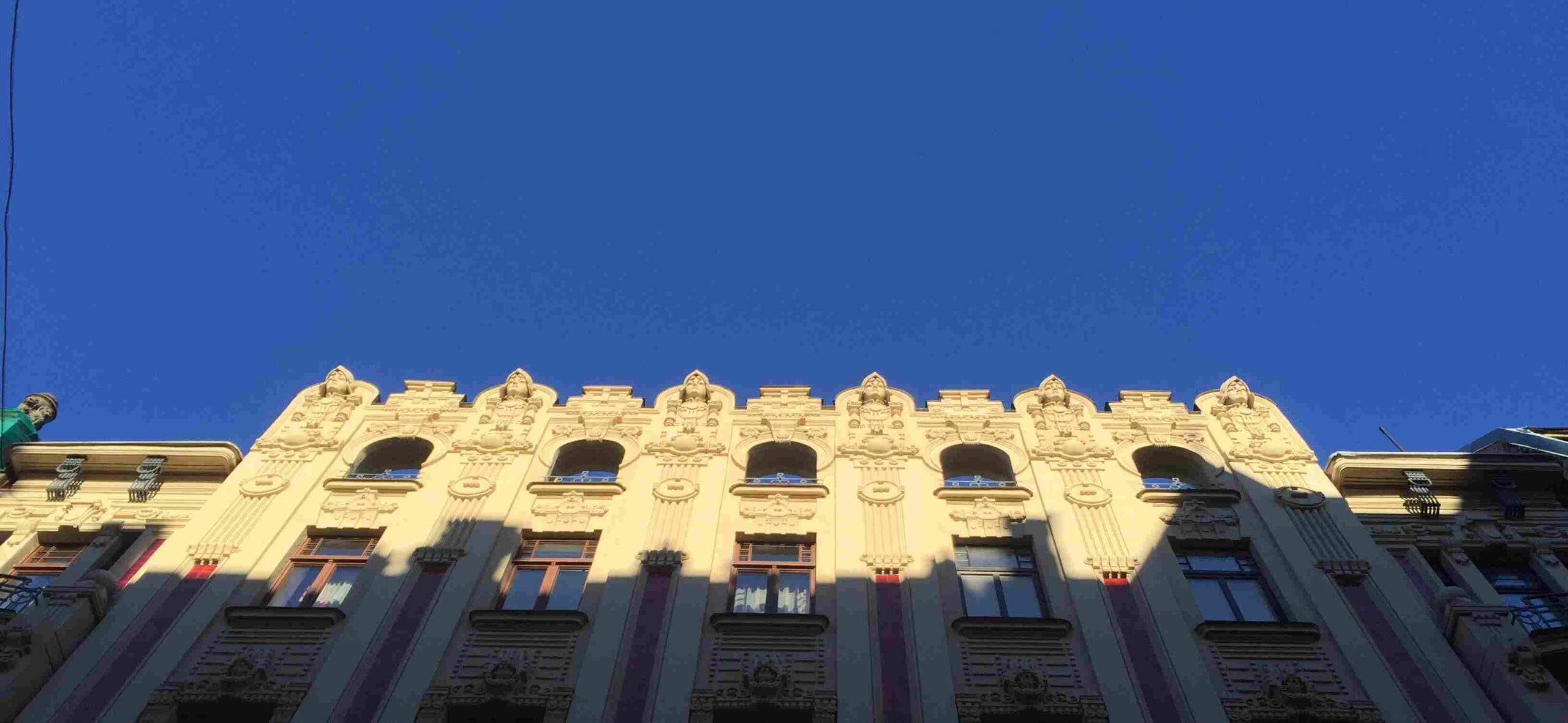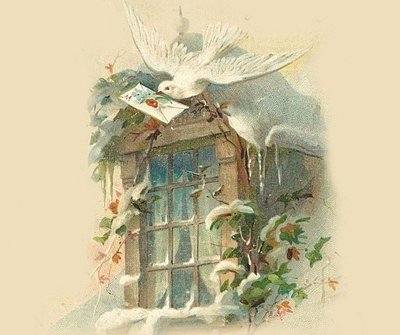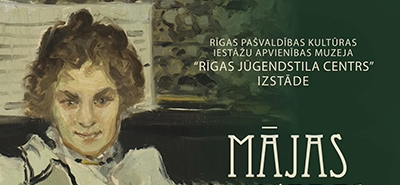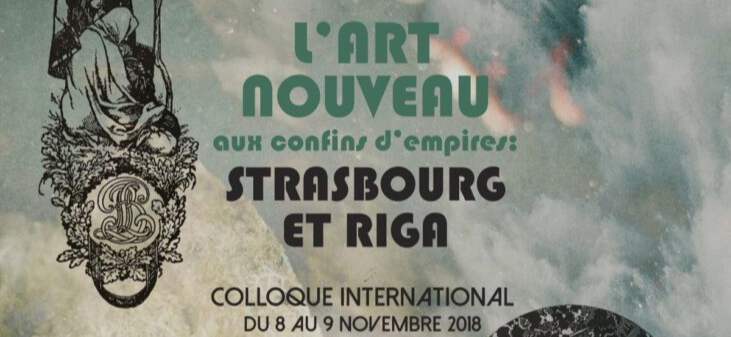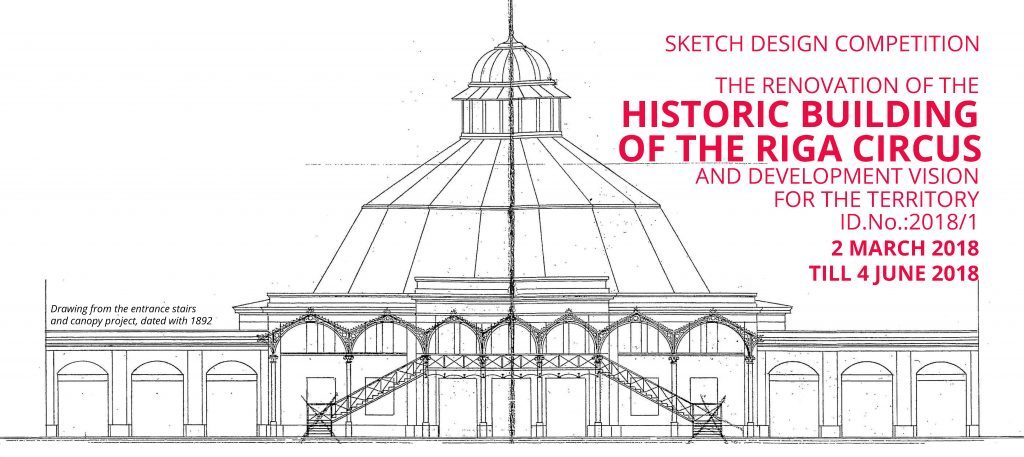It’s now 165 years since the birth of Baltic German architect Wilhelm Bockslaff, but his contribution to the fabric of his native city lives on. Bockslaff designed numerous Latvian mansions and public buildings in Rīga and Jūrmala, including everything from water towers to grand country houses.
He was the architect of the Riga Great Guild, Ludvigs Neiburgs’ tenement house on Jauniela, Jaunmoku Manor house and the Commercial School of the Riga Stock Exchange Committee in (now the building of the Latvian Academy of Arts). Many of his buildings are in the “brick gothic” style, combining functionality with craftsmanship and ingenious decoration.
The exhibition will be on display at the museum until December 3.
You can appreciate a video on his works in this video from Maximilian Matthews:
The museum “Riga Art Nouveau Center” is the only one in the Baltic States dedicated to the cultural and historical heritage of Art Nouveau.
The structure at 12 Albert Street, erected in 1903, served as the private residence of the renowned Latvian architect Konstantīns Pēkšēns. Collaborating with Eugene Laubi, K. Pēkšēns designed the building, adorning its facade with ornamental ridges featuring stylized motifs inspired by Latvia’s flora and fauna. These motifs extend to the interior decorations, contributing to the overall grandeur. Notably, the spiral staircase within is not only a marvel in Riga but also holds distinction across Europe.
The museum boasts an authentic Art Nouveau apartment interior juxtaposed with a contemporary digital exhibition. The apartment’s layout, original wall colors, ceiling paintings, and room decorations vividly capture the essence of the Art Nouveau style. Visitors can explore a diverse array of Riga-made furniture, tableware, artworks, clocks, garments, embroideries, and more.
In tandem, a modern and interactive digital exposition immerses visitors in the splendor of Riga’s Art Nouveau architecture, design, art, and the daily lives of its residents at the turn of the 20th century. Here, guests are invited to construct their Art Nouveau house, enjoy a film, or transport themselves into the interior of a specially curated photo salon.
We offer a private tour about National Romantic art nouveau in Riga. A must! Check the KonstantinsPeksens tour
Wilhelm Bockslaff was a notable architect whose passion for Art Nouveau significantly influenced Riga’s architectural landscape in the late 19th and early 20th centuries. Born in Riga in 1858, Bockslaff was part of the Baltic German community and received his architectural education at the Riga Polytechnical Institute, now known as Riga Technical University.
Early Life and Education
Bockslaff’s fascination with architecture began early, influenced by Riga’s rich historical fabric and the emerging modernist trends of his time. After completing his studies, he embarked on a career that would see him become one of Riga’s most prominent architects, with a particular penchant for the Art Nouveau style.
Embrace of Art Nouveau
Art Nouveau, characterized by its organic forms, flowing lines, and integration of decorative arts into architecture, resonated deeply with Bockslaff’s artistic sensibilities. He embraced the style not only for its aesthetic appeal but also for its philosophical underpinnings, which sought to break away from historical imitation and celebrate innovative, nature-inspired design.
Architectural Contributions
One of Bockslaff’s most famous Art Nouveau works is the former Stock Exchange Bank building on Audēju Street in Riga. Completed in 1909, this building exemplifies his skillful use of Art Nouveau elements, featuring intricate details, ornamental facades, and a harmonious blend of function and beauty. The building’s façade is adorned with sculptural decorations and elaborate ironwork, hallmarks of Bockslaff’s commitment to the Art Nouveau ethos.
Bockslaff also designed numerous residential buildings that showcased his ability to merge Art Nouveau’s decorative flair with practical living spaces. His residential projects often featured distinctive motifs such as stylized floral patterns, curved lines, and asymmetrical shapes, which brought a unique elegance to Riga’s urban environment.
Innovations and Style
Bockslaff was known for his innovative approach to architecture, often experimenting with new materials and construction techniques. His work demonstrated a keen eye for detail and a deep understanding of how to incorporate Art Nouveau’s organic aesthetics into the urban fabric. He was particularly adept at integrating local motifs and materials into his designs, creating buildings that were both modern and reflective of Riga’s cultural heritage.
Influence and Legacy
Wilhelm Bockslaff’s dedication to Art Nouveau left a lasting impact on Riga’s architectural heritage. His buildings not only enhanced the city’s aesthetic appeal but also contributed to the broader European Art Nouveau movement. Bockslaff’s work remains a testament to his artistic vision and his ability to blend innovation with tradition.
Today, Bockslaff’s buildings are celebrated as integral parts of Riga’s architectural identity, drawing admiration from locals and visitors alike. His legacy is preserved in the continued appreciation and preservation of his Art Nouveau masterpieces, which stand as enduring symbols of Riga’s cultural and artistic history.
Discover the Amazing art nouveau private tours in Riga today.


